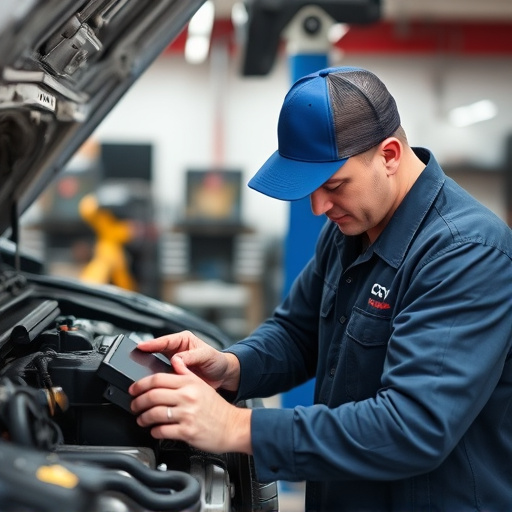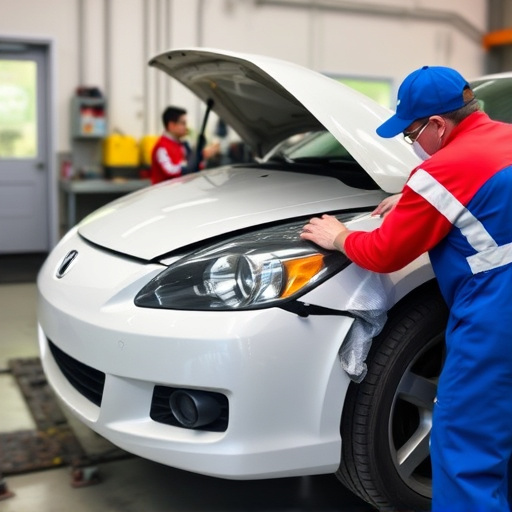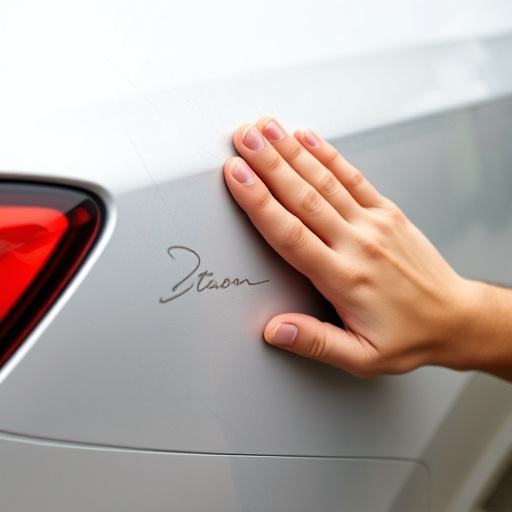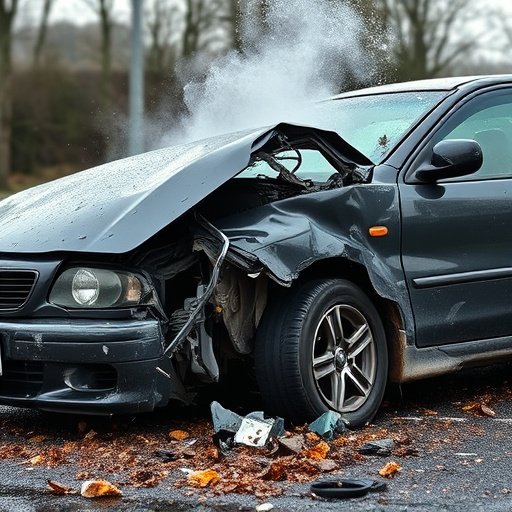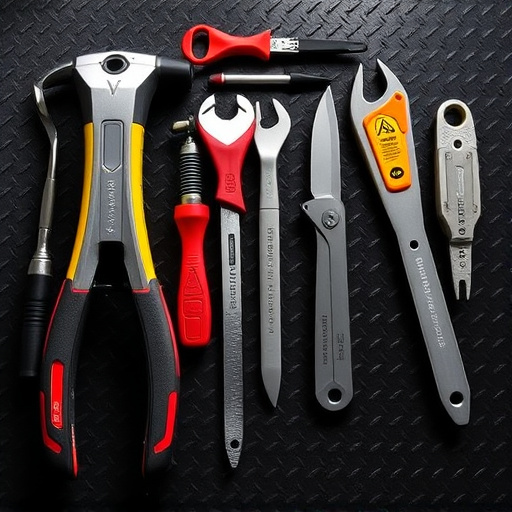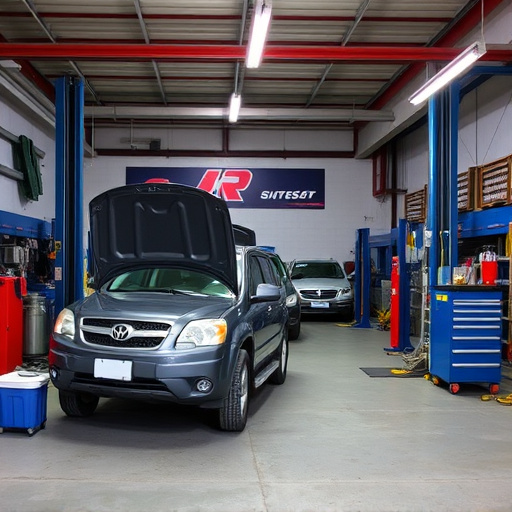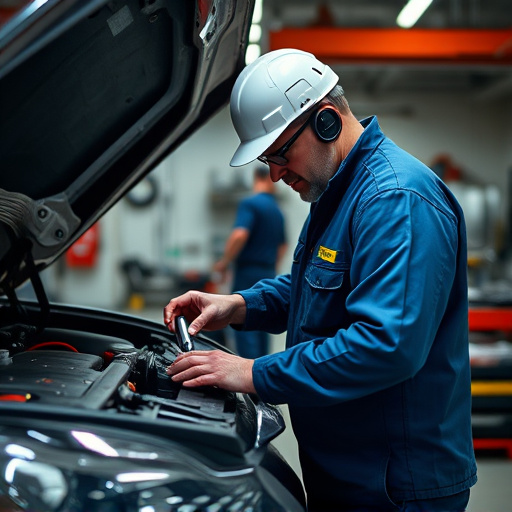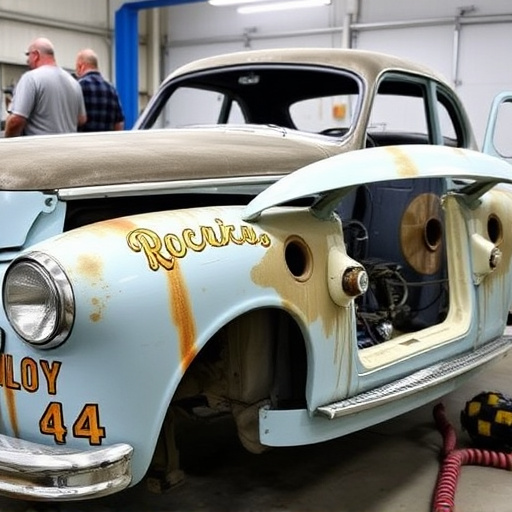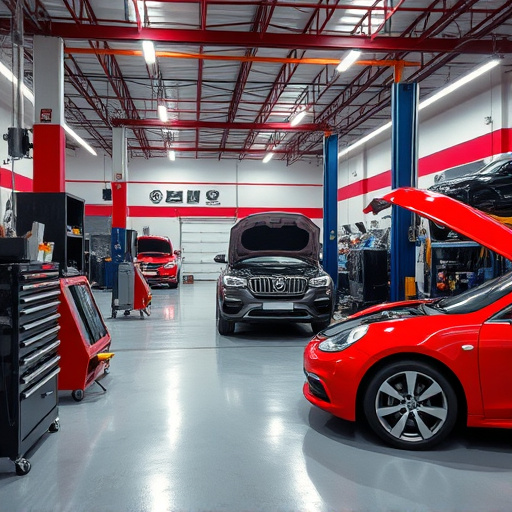Mercedes sensor adjustment is crucial for modern vehicle safety and performance. Precise calibration of radar, camera, and ultrasonic sensors enhances surrounding perception, enabling ADAS features like collision avoidance and lane-keeping assist. Skilled technicians use specialized tools to ensure optimal sensor performance after repair or service, improving driving experience and safety for all road users.
Mercedes’ advanced sensor adjustment technology ensures precise alignment of radar, cameras, and ultrasonics, revolutionizing vehicle safety. This innovative feature allows for accurate sensing and processing of surroundings, crucial for autonomous driving capabilities. By calibrating these sensors, Mercedes enhances detection accuracy, benefiting from improved object recognition, reduced false alerts, and enhanced overall performance in adverse conditions. Understanding this technology is key to appreciating the evolution of modern vehicle safety.
- Understanding Mercedes Sensor Adjustment Technology
- Precision Alignment: Radar, Cameras, and Ultrasonics
- Benefits of Calibrated Sensors in Modern Vehicles
Understanding Mercedes Sensor Adjustment Technology

Mercedes Sensor Adjustment Technology is a sophisticated process that aligns and calibrates the various sensors used in modern vehicles, including radar, cameras, and ultrasonics. This technology ensures that each sensor functions at optimal levels, providing accurate data for advanced driver-assistance systems (ADAS) and autonomous driving features. By precisely adjusting these sensors, Mercedes vehicles can detect and interpret their surroundings more effectively, enhancing safety and performance.
In the context of collision damage repair and auto body shop services, understanding Mercedes sensor adjustment is crucial. When a vehicle undergoes repairs or body work, it’s essential to re-calibrate the sensors to maintain peak performance. Skilled technicians use specialized tools and software to adjust these sensors, ensuring that the vehicle operates as if nothing had happened, providing peace of mind for drivers and enhancing the overall driving experience.
Precision Alignment: Radar, Cameras, and Ultrasonics
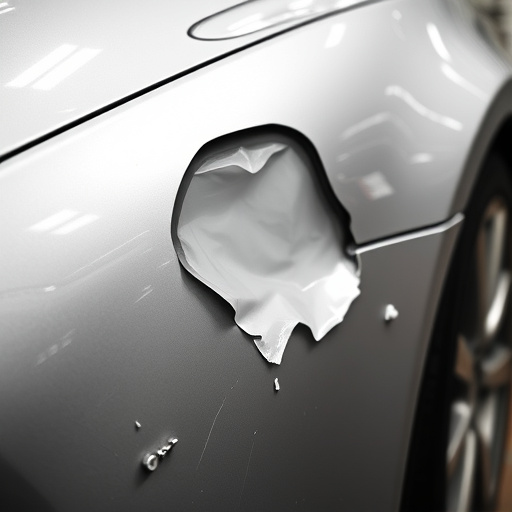
In modern Mercedes vehicles, achieving precise alignment among radar, cameras, and ultrasonics is paramount for optimal safety features. The Mercedes sensor adjustment plays a crucial role in this regard, ensuring that each sensor functions harmoniously to detect and interpret surroundings accurately. This intricate process aligns not just components within the vehicle’s computer system but also the physical placement of sensors on the vehicle body. A slight misalignment can lead to false readings or missed detections, emphasizing the need for meticulous calibration during routine service or after any car dent removal or repair, whether handled by a professional vehicle body shop or DIY enthusiasts.
The precision required is such that even minor deviations in sensor adjustment can impact the vehicle’s performance and safety systems. Therefore, when conducting adjustments, technicians must consider not only the mechanical aspects but also environmental factors and the latest software updates to ensure every sensor operates at peak efficiency. This meticulous attention to detail guarantees that Mercedes vehicles continue to provide advanced driver assistance systems (ADAS) capable of navigating complex driving conditions, enhancing both passenger safety and overall driving experience.
Benefits of Calibrated Sensors in Modern Vehicles
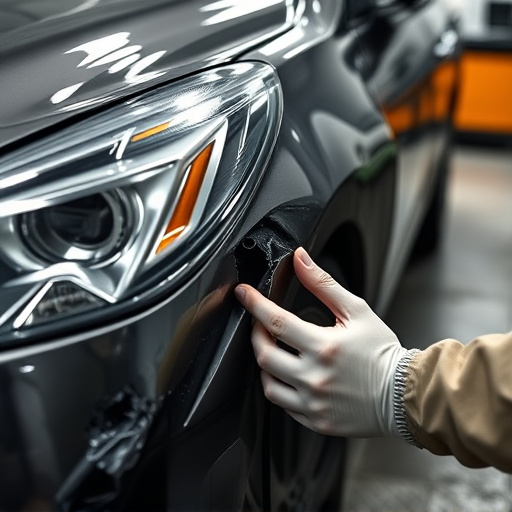
In modern vehicles, calibrated sensors play a pivotal role in ensuring safety and optimizing performance. Mercedes sensor adjustment is a prime example of this precision engineering. By accurately calibrating radar, cameras, and ultrasonic sensors, cars can perceive their surroundings more effectively, enabling advanced driver-assistance systems (ADAS) to function at their peak. This results in enhanced safety features like collision avoidance, lane-keeping assist, and adaptive cruise control, which ultimately protect drivers, passengers, and pedestrians alike.
Moreover, precise sensor calibration improves the overall driving experience. Well-adjusted sensors allow for smoother and more responsive navigation, as well as accurate parking assistance. In the event of a collision or damage, such as needing car paint services or car paint repair, having properly calibrated sensors can aid in post-repair diagnostics and ensure that safety systems operate flawlessly once again. This not only saves time and money but also instills confidence in drivers knowing their vehicle’s safety mechanisms are reliable.
Mercedes’ advanced sensor adjustment technology ensures precise alignment between radar, cameras, and ultrasonics. This innovative feature not only enhances vehicle safety but also optimizes performance in modern driving conditions. By calibrating these sensors, Mercedes offers a game-changing approach to navigating complex urban landscapes, ensuring drivers have a safer and more efficient experience on the road.


